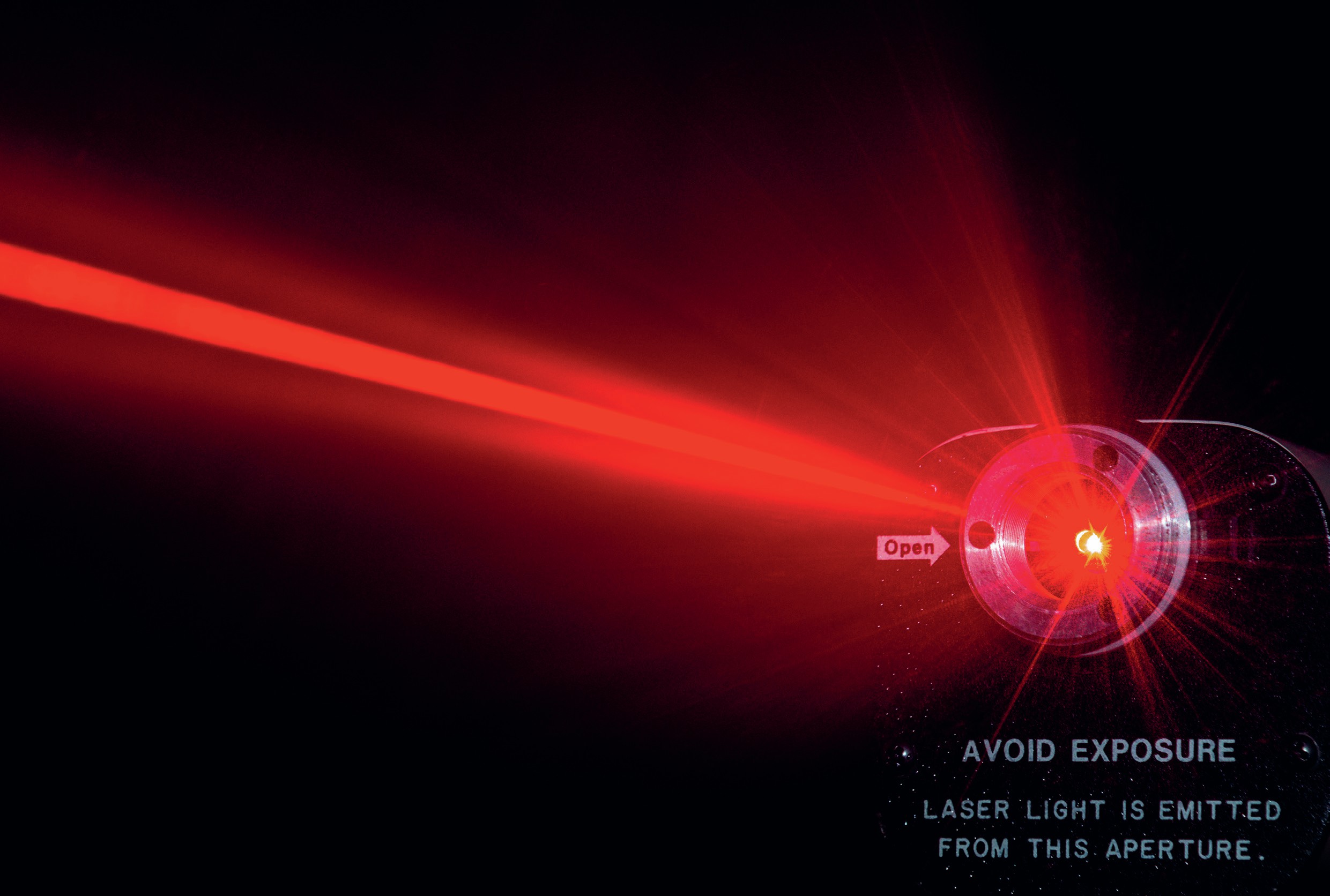
Whenever experimental work is carried out the data collected will have some uncertainty. Even the most careful experiment will have uncertainty in the data. The skill of an experimenter is to reduce this uncertainty as much as possible and to account fully for any remaining. As part of the required common practical skills at A-level you are expected to be able to identify and quantify uncertainty in data.
First we need to define some important terms: accuracy is a measure of the difference between the experimental result and the accepted value. Precision is a measure of the range of possible results — we often use the symbol Δ (delta) to indicate the range. The more precise a set of data, the smaller the range of results. For example, in Skillset on pages 10–12 the calculated value for the wavelength of the laser light, 650 nm, is accurate because this is the wavelength quoted by the manufacturer of the laser. However, the range of possible values is between 735nm and 570nm and so the data set is not very precise. Usually, at A-level, we halve the range. In this case:
Your organisation does not have access to this article.
Sign up today to give your students the edge they need to achieve their best grades with subject expertise
Subscribe




